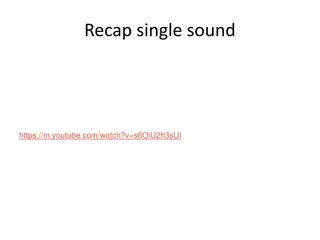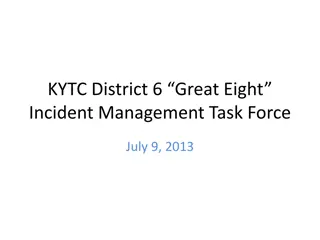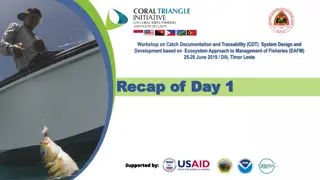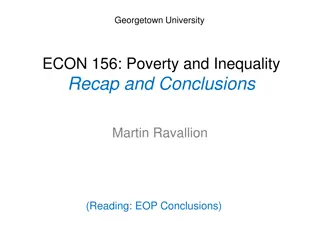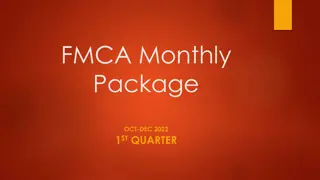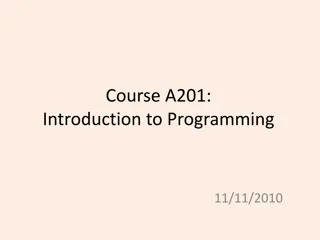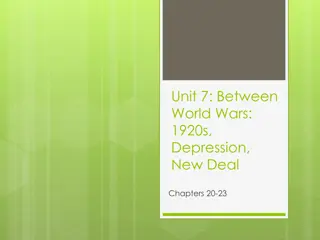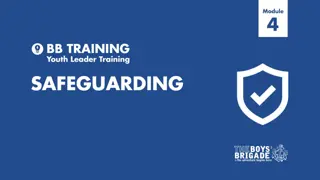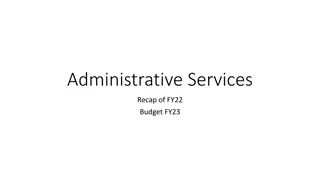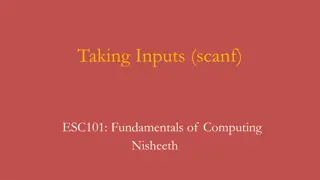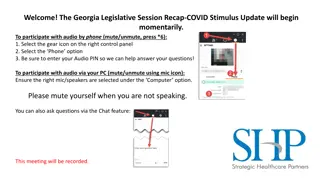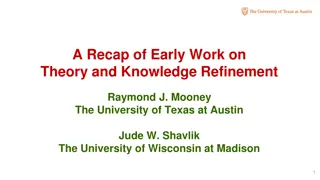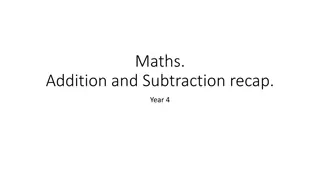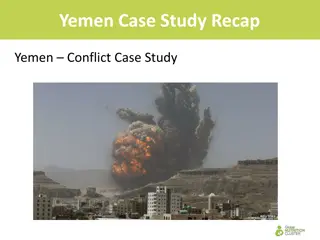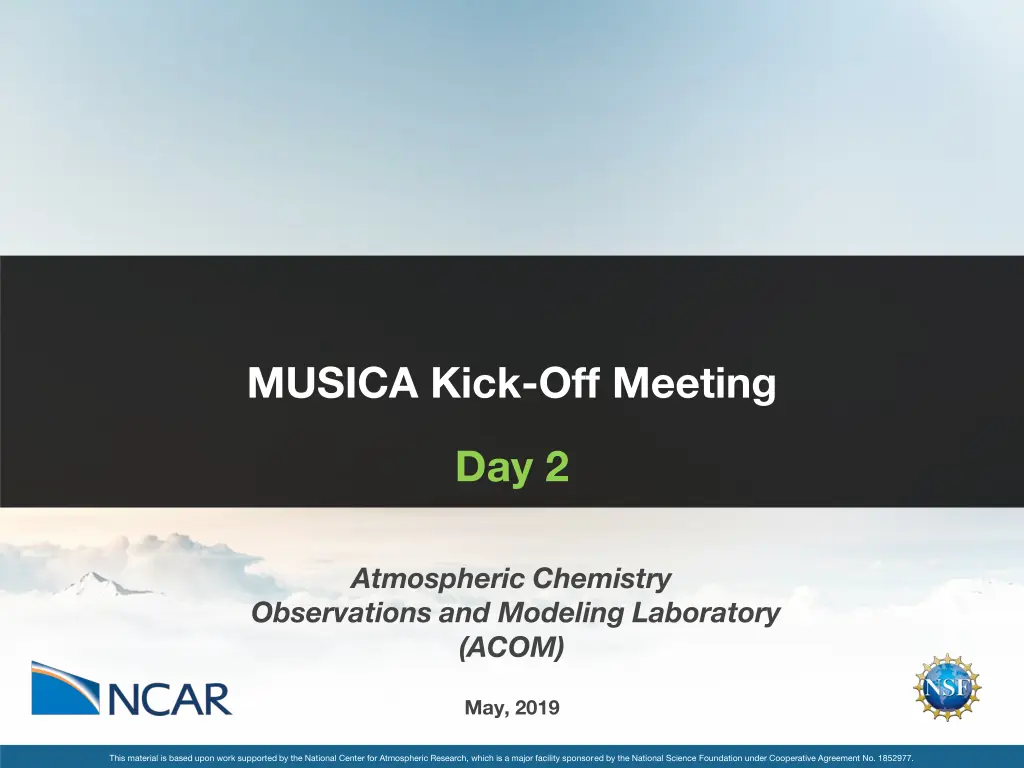
Atmospheric Chemistry Observations and Modeling Laboratory Event Highlights
Engage with the community to develop a unified model for air quality prediction and study the role of chemistry in weather and climate. Explore strategic partnerships, working groups, and advancements in emission inventory assessment.
Download Presentation

Please find below an Image/Link to download the presentation.
The content on the website is provided AS IS for your information and personal use only. It may not be sold, licensed, or shared on other websites without obtaining consent from the author. If you encounter any issues during the download, it is possible that the publisher has removed the file from their server.
You are allowed to download the files provided on this website for personal or commercial use, subject to the condition that they are used lawfully. All files are the property of their respective owners.
The content on the website is provided AS IS for your information and personal use only. It may not be sold, licensed, or shared on other websites without obtaining consent from the author.
E N D
Presentation Transcript
MUSICA Kick-Off Meeting Day 2 Atmospheric Chemistry Observations and Modeling Laboratory (ACOM) May, 2019 This material is based upon work supported by the National Center for Atmospheric Research, which is a major facility sponsored by the National Science Foundation under Cooperative Agreement No. 1852977.
Main Objective Engage the participation of the community at an early stage in the development of a new unified model for the global to local prediction of air quality and investigations of the role of chemistry in weather and climate. Expected Outcomes: Input from the community on needs and development plans Strategic Partnerships & collaborations Formation of Working Groups White Paper/Action Plan Atmospheric Chemistry Observations and Modeling Laboratory
WG: Model Architecture and Numerics Potential WGs: - User Experience (incl. portability, compatibility, user support & documentation) - Infrastructure Governance needs to reflect user engagement. Longevity of WGs depends on engagement. Define and document component interfaces Ensure ease of installation and use Desirable to have evaluation infrastructure Could infrastructure prevent science (e.g. adjoint feasible?) Strategic Partnerships with developers and users: representatives from ENTIRE community (HPC and low-resource, operational + research, ...) Atmospheric Chemistry Observations and Modeling Laboratory
WG: Emission and Deposition Potential WGs: - Emission Inventory Implementation and Assessment (&) Dry Deposition - Wet deposition - Boundary layer processes - Forecasting for emissions Plenty room for emission improvements (magnitude, speciation, characteristics, ...). Employ new methodologies (machine learning, integrate GIS information,...) Constraining emissions where you know the influence on non-emission related processes - modularity is beneficial Multiple options are good but need for standard well tested configurations Emission tool: Leverage existing work Source apportionment diagnostics, Online processing of diagnostics Who are the people (decision makers/managers) to engage with to get collaboration going on model development across agencies? Atmospheric Chemistry Observations and Modeling Laboratory
WG: Sub-grid scale and convective transport Potential Working Groups: Chemical transport (resolved, convective, subgrid mixing) Urban transport and chemistry Cloud processing of aerosols and trace gases (scavenging, aerosol-cloud interactions, etc.) Several scale dependencies noted Transport in the grey zone (urban scales) will require special attention Need to re-consider vertical resolution what is optimal at each resolution? Transition for parameterized to resolved gravity waves Transition from using a cloud fraction to cloud resolving Wet scavenging, lightning-NOx, aerosol-cloud effects, photolysis Need to modify chemistry rates due to segregation
Quick Observations WGs need to be consolidated (aim for 4-5 initial WGs) How does that coordinate development activity? Steering committee? Need to clarify our Stakeholders Discussion on how to form governance structure (and how it interacts with formation of SIMA governance)

